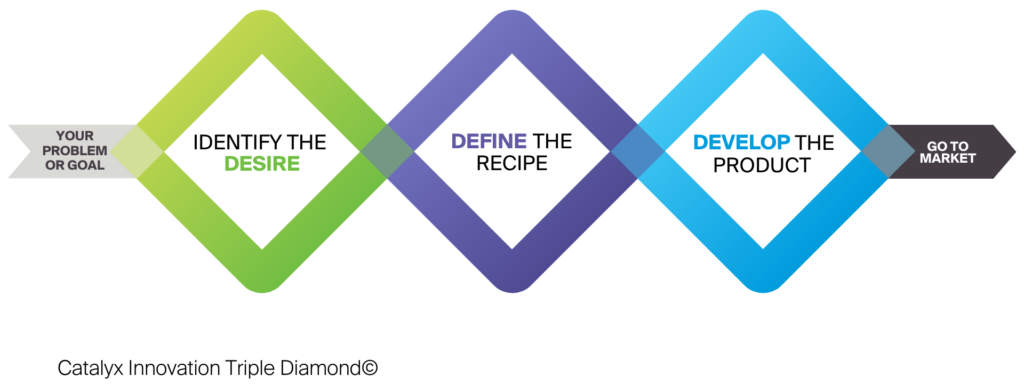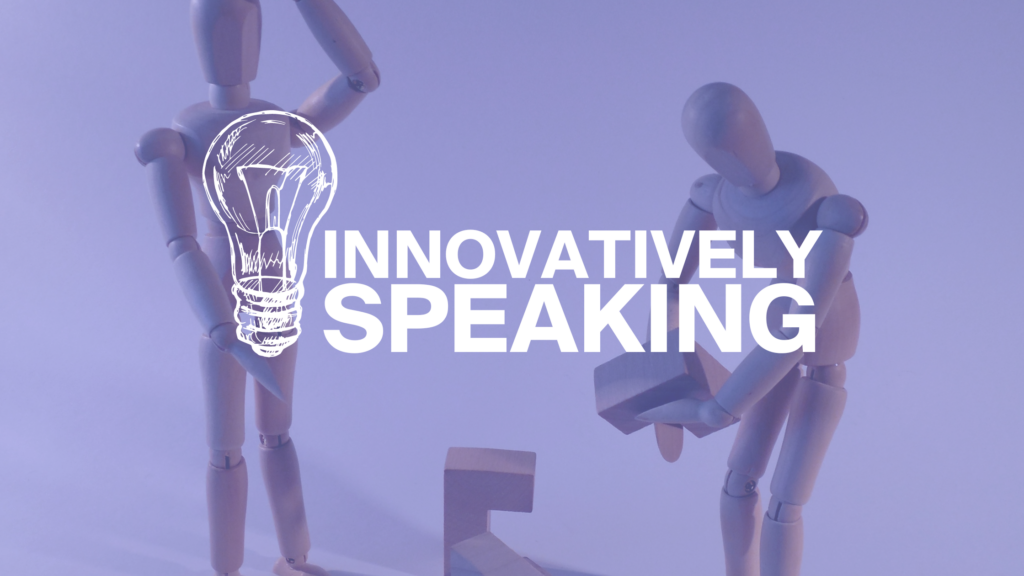Learn, don’t test is part of our Innovatively Speaking series, in which we discuss cutting-edge news and trends from the frontline of the FMCG industry to explore what makes FMCG innovation work.
By any measure from any set of experts, you’ll find that innovation fails more often than it succeeds. Obviously, there are many reasons for this. But we think the below graph by Erick Mohr is an exceptionally stark explanation for quite a bit of it.

At Catalyx, our range of solutions flows from the very start to the very end of the product development journey. The purpose is always to identify which has the greatest probability of success, and should therefore move onto our clients’ next stage gate process.
Questions our Strategists always ask at the start of this process is; what are the underlying tensions that the work-in-progress is solving? What work has been done with the consumer prior to getting to this point? Why have these pieces of stimuli been created in the first place?
Learn, don’t test as your first source of truth
Surprisingly often, this is the first time the questions have been asked in relation to the product’s development – ever. Whether it’s an oversight or something to do with a complex internal workshopping process, at the most a survey-based Usage & Attitudes study, or a traditional focus group may have been used to get to some stats and facts about consumption habits. In certain categories a trend report may have been incorporated.
We see, time and again, ideation workshops have been wrongly prioritised over insight discovery.
It is far, far rarer for those developing products to highlight to us the truly compelling unmet need or underserved occasion that they have unearthed. It’s rarer still to show us the perceived permission the brand in question might have to solving this in some way.
This means that, more often than not, significant internal resources and time have been committed to creating interesting and exciting ideas… without sound consumer foundations. We see, time and again, ideation workshops have been wrongly prioritised over insight discovery. New concepts may be incredibly creative or wildly cost-effective and unprecedented in-market, but all of this counts for little in the eyes of the consumer who can find no use for it. So, the ideas are born from shaky foundations, subjectivity and shallow consumer understanding.
This wonky double diamond starts to explain things. If only 5% of a brand’s resource is dedicated to creating the platform to build from, it is unfortunately not going to be a strong foundation; there’s disproportionate stake in the development stage teetering on a tiny grain of insight.
Trading strong foundations for speed
Considering the incredible speed of innovation fuelled by market competition and increasingly evolved consumers, it’s tempting to move straight to idea testing. This, coupled with the emergence of incredibly inexpensive ways of pitting ideas against each other may lead your team to feeling that trading strong foundations for speed is the right thing to do.
However, it rarely is. All our data shows us the organisational time and resource and rework required with this approach seems agreeable at the start, but by the end of the process is far greater – and the resulting innovations far poorer.

At Catalyx we make use of a different diagram, the Triple Diamond – the route to innovation success as we see (and find) it. Within our model, discovery and design take equal importance, ensuring you never make an unbalanced decision in your product’s development.
If you want to narrow the route to successful innovation, reframe your process from testing to learning. Make sure you have built your sandpit first, before trying to construct your castle.
Want to innovate with confidence?
Talk to us today. Click here to progress your innovation.
Catalyx is a Consumer-centric Innovation Consultancy. We help the world’s most forward-thinking consumer product companies unlock progress through more effective innovation.
Follow our Innovatively Speaking series through our newsletter – be the first to get articles in your inbox by signing up here!
(Independent research conducted by Catalyx)






